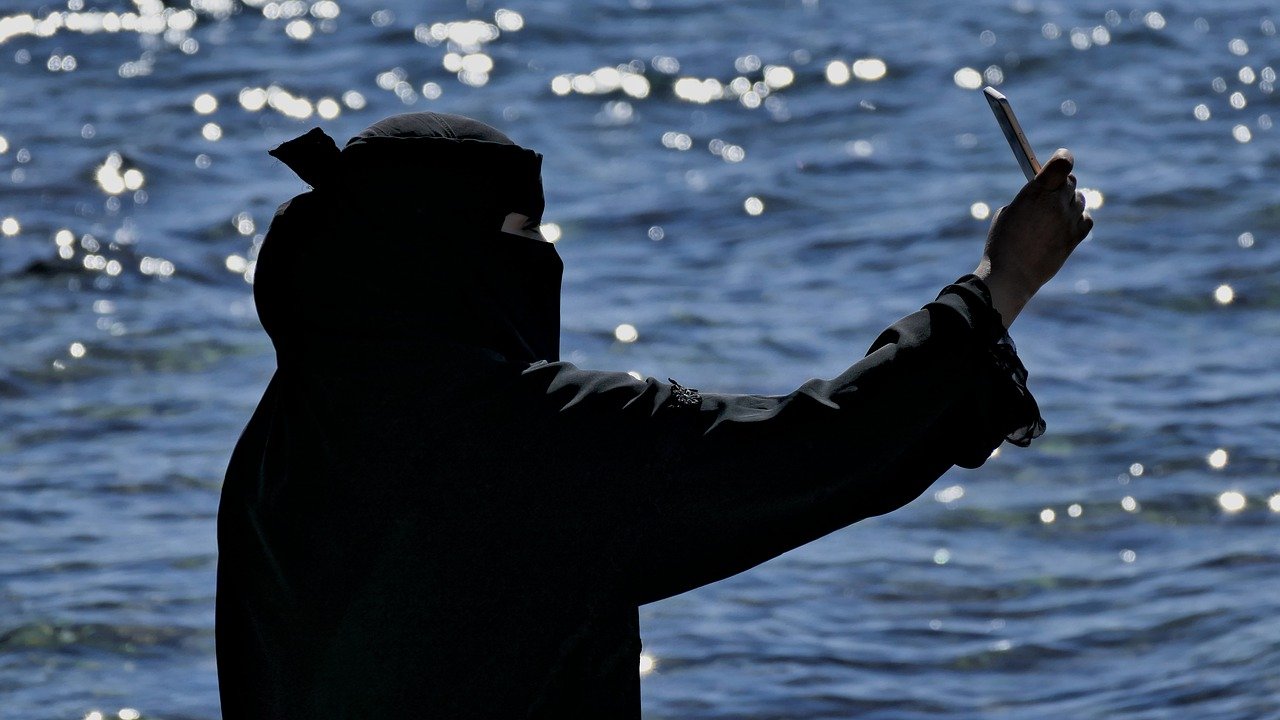On Friday, October 2, 2016, Yousef Tabatabainejad, the leader of Friday prayer in Isfahan, in a meeting with law enforcement officials, called for “insecurity” in the area for women who do not wear hijab correctly, and explicitly stated that they should have “more authority” to deal with women.
The Islamic Republic has made hijab mandatory for women for more than 40 years. In recent years, Iranian girls and women have been trying to ignore this unjust law and appear in public without hijab as an act of non-violent civil disobedience. Tabatabainejad’s statement was mainly related to women who did not wear hijab or who, according to the religious extremist’s opinions, wore it badly.
Human rights activists have expressed concern over these allegations on social media, recalling the acid attacks on women in Isfahan that happened six years ago. In a controversial speech in 2014, Tabatabainejad also called for officials to deal with corruption and indecency caused by wearing hijab in a way that is not approved of. Shortly afterwards, several motorcyclists attacked at least four young women with acid. Some local media put the number at 15.
Critics have blamed Tabatabainejad for promoting violence by talking about women’s clothing and said he was trying to keep women out of society, regardless of freedom of choice and citizenship rights. All four women were drivers and none of them wore chador. The Shargh newspaper reported that a specialized examination of the acid sampled from the attacks showed that the same kind of acid had been used, suggesting that they were serial and planned attacks.
After the acid attacks around October 2014, protesters, especially women in Isfahan, demanded that the attackers be found and punished; instead, officers suppressed the protests and arrested reporters who covered the issue. They did not want more people to know about them.
The case was closed two years ago, despite the fact that CCTV cameras had recorded the face of one of the attackers, and a taxi driver even recorded the number of a motorcycle. Hossein Abbasalizadeh, the victims’ lawyer, told ISNA news agency that the case was closed without finding the attackers; and that the victims’ ransom would be paid from the House of Wealth, which is a financial institution responsible for the administration of taxes in Islamic states, with a court ruling.
A photographer, Negar Masoudi, was unable to easily ignore the acid attacks and the victims. She took many photos of these women over the years. Images that showed the depth of the violence inflicted on them and praised their efforts to survive. In July 2018, she held an exhibition with photographs of Marzieh Ebrahimi, the last victim of Isfahan’s acid attack, entitled Your Fate Was Determined by a God that Others Worshiped at the gallery of the House of Iranian Artists.
“We all want to stop this threat, to stop scaring people. It is our right to be treated well,” Marzieh wrote on her Instagram page at that time, referring to herself and three other victims. “Let us walk the streets of our city without fear. Live without fear. Believe us, we are not captives. We are citizens.”
Massoudi’s courage was commendable because she approached the victims in circumstances where people like Tabatabainejad spoke openly about violence against women, and the court closed the case despite recorded videos of the attackers and their motorcycle numbers, letting the attackers go away. She wanted to be the voice of women who had been innocently abused by extremists who shouted at them: “We are confronting the bad hijab.”
Islamic Republic law does not protect women who are not veiled. For this reason, the presence of people like Negar in showing oppression and informing people is remarkable. She wanted to continue her activities with a documentary starring Marzieh Ebrahimi, but to this day it has remained unfinished.
On Thursday, October 29, 2020, about two weeks after Tabatabainejad’s recent remarks, Negar Masoudi was arrested by security agents. Hrana News Agency reported that the officers went to her father’s house and took her away after searching the house and confiscating some of her personal belongings. The reason for the arrest of this photographer and the location of her imprisonment are still unknown to the media. I tried to contact her family and friends, but none of them responded.
According to Journalism is Not a Crime, Masoudi’s other notable photography exhibitions included the photography and video art exhibition “I Am Sick like an Hour and I Am in Pain,” which was shown in January 2015, and the photography exhibition “Do Not Cross the Streets and Alleys of the Shocked City,” from December 2016. She also participated in a collaborative exhibition with a number of other photographers at the Karun Gallery in Vancouver, Canada, in 2012. Negar Masoudi’s most recent work was a documentary called “Blue is the Color of My World”, which addressed issues surrounding autism.

